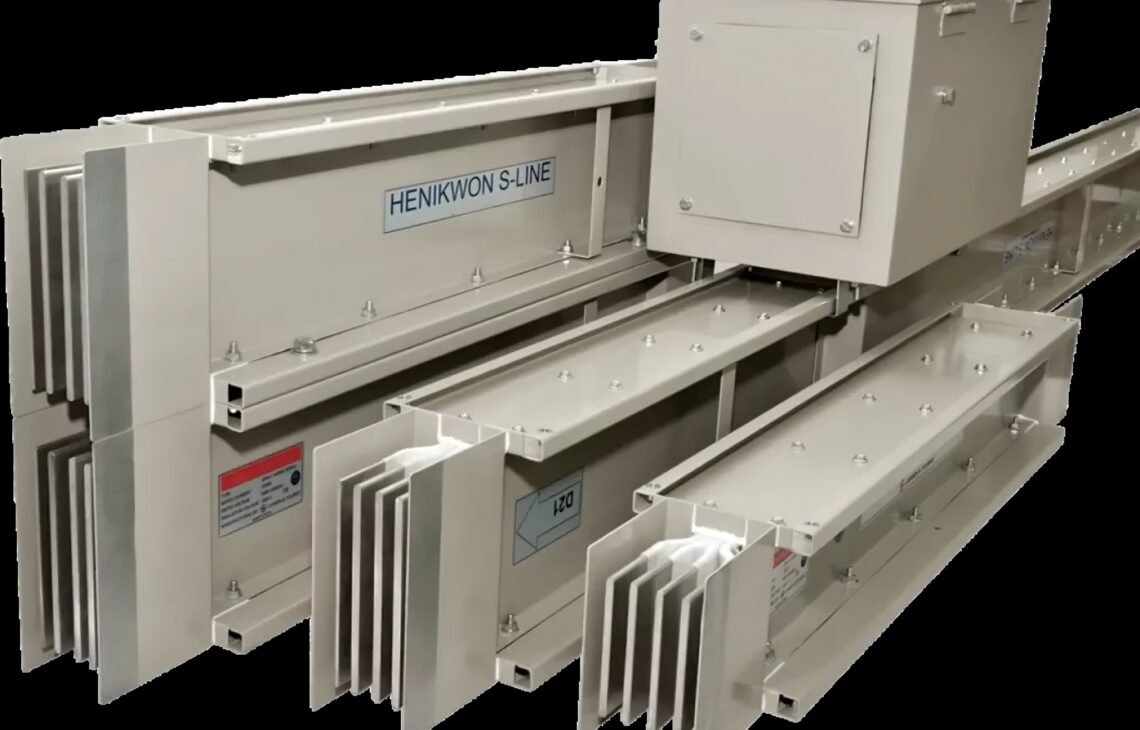Transformers are the backbone of any electrical substation, stepping voltage levels up or down to ensure efficient power distribution. A flawless transformer installation not only guarantees optimal performance but also extends the lifespan of expensive equipment. Conversely, even minor missteps during installation can lead to catastrophic failures, prolonged outages, and hefty repair costs. In this article, we explore the most critical transformer installation mistakes that can cripple a substation and explain how proper planning, execution, and expertise from industry leaders like Manikaran Enterprises can help you avoid these pitfalls.
Inadequate Site Assessment
Before a transformer ever arrives on site, the groundwork must be meticulously evaluated. Failure to conduct a thorough site assessment can result in foundational issues, such as uneven footing, insufficient load-bearing capacity, or poor drainage. When a transformer is installed on an unstable base, vibration and shifting can damage windings, insulation, and structural supports. This not only compromises safety but also accelerates wear and tear, leading to premature failures that could have been easily avoided with proper geotechnical surveys and site preparation.
Poor Handling and Transportation
Transformers are delicate pieces of machinery that require careful handling during transport. Skimping on proper rigging, shock absorption, or securing methods can allow the unit to shift, bump, or tilt—disturbing internal components and alignment. Even small shocks can create micro-fractures in insulation or loosen fasteners, which may only become evident when under load. Engaging specialists who understand the intricacies of transformer logistics can prevent such damage, ensuring a seamless transition from factory to substation.
Improper Foundation and Mounting
A level, robust foundation is non-negotiable for transformer installations. An uneven or undersized foundation can impose excessive mechanical stress on the tank and core assembly, potentially deforming the transformer winding and impairing its magnetic properties. In extreme cases, this can lead to arcing, oil leaks, or catastrophic tank ruptures. Working with a reputable partner like the Top Electrical Solution Company in Rajasthan ensures that all civil work, from foundation design to anchoring, meets or exceeds industry standards.
Inaccurate Alignment and Leveling
Precision during the mounting phase is critical. If a transformer is not perfectly aligned and leveled, the fluid dynamics of its insulating oil can be disrupted. This leads to uneven cooling, creating hot spots that accelerate insulation breakdown. Moreover, misalignment puts uneven mechanical loads on bushings and tap changers, increasing the likelihood of premature failure. Specialized leveling tools and laser alignment techniques should always be employed to achieve millimeter-level accuracy.
Incorrect Connection of Bushings and Grounding
Connections to high-voltage and low-voltage busbars require surgical precision. Incorrect torque settings on bushing bolts, improper gasket placement, or contaminated contact surfaces can result in loose connections that heat up under load. This thermal cycling can erode contact points, spark partial discharges, and eventually trigger catastrophic breakdowns. Grounding errors, such as incomplete or undersized ground conductors, further exacerbate fault conditions, putting personnel and equipment at significant risk. Partnering with experts in Busbar Trunking System Installation Services in India ensures that all connections adhere to stringent quality checks and torque specifications.
Inadequate Oil Filling and Degassing
Transformer oil serves as both an insulator and a coolant. During installation, any presence of moisture or air bubbles can severely degrade oil performance. Inadequate degassing procedures may allow dissolved gases to become trapped, leading to gas accumulation that causes internal arcing or oxidation of the oil. Furthermore, improper oil filling rates or neglecting to maintain a vacuum during the process can introduce contaminants. A disciplined, multi-stage oil filling and degassing protocol is essential to guarantee dielectric strength and thermal regulation.
Neglecting Protective Relay Settings
Protective relays are the sentinels of a substation, tripping circuits in the event of abnormal conditions. Failure to configure relay settings correctly based on transformer characteristics can result in nuisance trips, prolonged outages, or failure to isolate real faults. Overcurrent, differential, and Buchholz relays must be programmed to match the transformer’s impedance, inrush current profile, and protection zones. Neglecting these settings undermines the entire protection scheme, threatening both safety and reliability.
Skipping Pre-Commissioning Tests
Transformer pre-commissioning tests—such as ratio testing, insulation resistance measurement, turns-ratio verification, and power factor analysis—are indispensable for identifying hidden defects before energization. Omitting or rushing these tests allows latent problems to go unnoticed until the transformer is under full load, at which point a failure can cascade into a major substation event. Comprehensive testing by certified technicians provides the confidence that installations are problem-free and performs within design specifications.
Inadequate Documentation and Training
Even a perfectly installed transformer can suffer if operators lack the necessary training to monitor and maintain it. Incomplete as-built documentation, missing wiring diagrams, and absent maintenance schedules leave future teams unprepared to diagnose issues or perform routine servicing. Investing in detailed handover packages, operator training sessions, and clear maintenance manuals is critical to sustaining transformer health over its expected service life.
Conclusion
Transformers are high-value assets whose reliability hinges on flawless installation practices. From site assessment to pre-commissioning tests, overlooking any step can lead to failures that cripple a substation, disrupt operations, and incur significant expenses. By leveraging the expertise of Manikaran Enterprises and adhering to best-in-class procedures—including professional civil works, precise alignments, rigorous oil processing, and accurate relay settings—you can safeguard your substation’s performance and longevity. Investing in quality installation is not just about avoiding mistakes—it’s about ensuring uninterrupted power and driving operational excellence.





